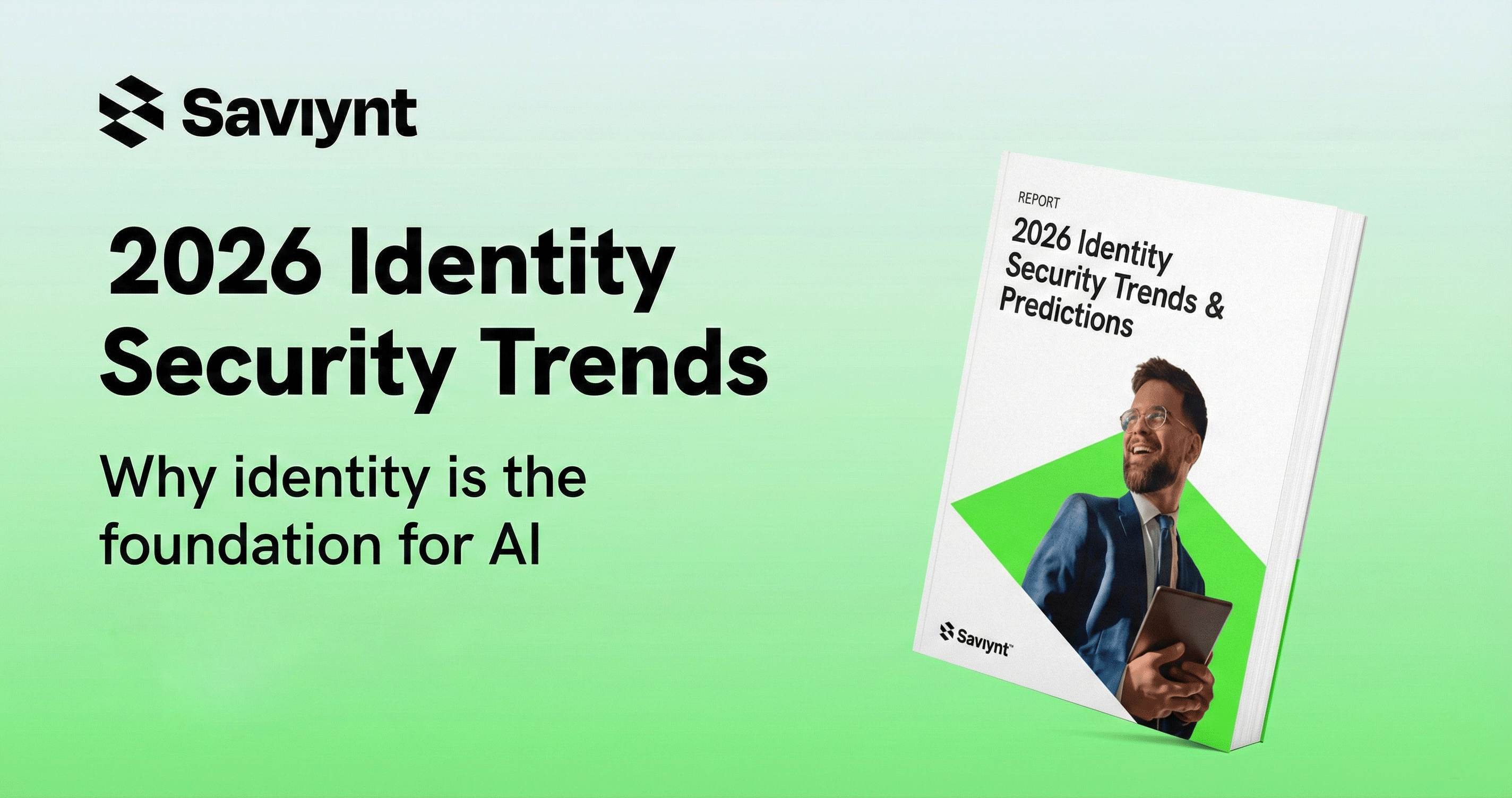Strengthen Your Security Posture with Saviynt
While we contemplate the future of enterprise identity security, CISO leadership tactics, machine identity security, coordinated security data sharing, and needed responses, the point isn’t whether we agree or disagree about eventual outcomes. Instead, we’ve provided you with discussions of our top trends, along with actions on how to respond to each one. Food for thought as you assess your organization’s readiness.
Keep in mind that Saviynt is here for you. Our team of experts can help you put Saviynt’s industry-leading cloud solutions to work so you can govern every identity with precision.
By considering industry trends and their implications, you can weigh your company’s responsiveness, resilience, and agility – critical characteristics no matter what eventually comes. Keep in mind the saying, “The arrogance of success is to think that what you did yesterday will be sufficient for tomorrow.”
Read the full report to learn our top strategies and recommendations for the year ahead.








